How are green manures used for potatoes?
What are siderates and what are they for?
With their roots, fibrous and branched, they loosen the soil, and if it is heavy and compacted, then easily crushed into small lumps. On light soils, their green mass serves as an excellent mulch: it retains moisture, prevents the formation of a soil crust, enriches it with essential nutrients, and prevents weeds from developing. And for compost it is a real storehouse of useful microelements.
These, as a rule, annual plants are an intermediate link in the crop rotation chain, without which it is difficult to imagine modern agricultural technology.
Any plant can be used as green manure. Even weeds, with the right approach, can have a positive effect on the soil. For example, comfrey serves as an additional source of potassium, while nettles, laid in a thin layer on the soil, accelerate the growth of crops and scare away snails and slugs.
It's just that different plants have different properties from each other that you need to know, as well as understand the need for soil.
Specifically for potatoes, it should be enriched with phosphorus and nitrogen. And legumes fully meet these requirements. These include vetch, peas, alfalfa, sweet clover, lupine... This means that they should be used in the first place.
By the way, fertilizer similar in efficiency (manure) decomposes in the soil longer and is required in greater quantities. This is another unconditional proof of the superiority of green manure over organic matter.
Other siderates for potatoes have different, but no less valuable qualities. So, annual lupins can "boast" of phosphorus and nitrogen, rye and wheat directly affects the structure of the soil, making it more fertile and richer, destroying weeds, mustard protects against pests. Phacelia is considered to be the best all-round helper plant.
Siderates are used in different ways:
- the roots remain in the ground, and the aboveground part is cut off and moved to different depths;
- only the root system remains, and the stems are mowed and transferred to another place;
- the mown green mass is put into action.
Where, when and how is sowing done?
Sowing can take place on a plot in the open ground or on a bed equipped with boards. The soil should be sufficiently loosened and moistened, it is better to remove weeds.
The earth is harrowed, lumps, if any, are broken. Seeds are manually scattered over the area at the rate of 2 kg per 1 hundred square meters, or they are laid in shallow grooves.
Do not overuse the amount of seeds. Bigger doesn't mean better, but rather worse. An excess of green mass will cause fermentation processes, instead of starting to decompose, it will sour.
With a lawn rake, the seeds are lightly sprinkled with soil and, if necessary, spilled with water.
Make sure that they are not taken out by water, for which you need to very carefully, pour a weak stream from a watering can with a shower head.
This completes the process.
Usually, planting green manures for potatoes in the fall is considered better than in the spring. Quite a controversial remark. Proponents of this method argue simply:
- firstly, using early ripening varieties of green manure, you can catch it again before winter and free the entire site from them;
- secondly, with the help of such frost-resistant varieties as wheat, oats or rye, planted about 1, 5-2 months before the onset of cold weather (enough time for the seedlings to have time to rise and drive out the green mass), set them up as a barrier for snow.
Thus, the soil does not freeze even in severe frosts, and the stems have time to rot by spring, with all the ensuing positive aspects.
Do not rush to mow green manure planted before winter, leave them until spring. Then you won't need to dig the earth either, since it will be loose.
Spring planting and further care, advice and reminders
However, in early spring (April-May), you can also safely plant green manure under potatoes. Here it is important not to miss the harvest time, namely, 2.5 weeks before planting the potatoes, they should be cut. This time is quite enough for them to completely overtake.
And then some vegetable growers bury them to a depth of 6 to 14 cm, depending on the composition of the soil, others only cut them at a distance of 2-3 cm from the surface and leave them in the very place where the potatoes will be planted.
These activities should be performed before the seeds appear on the green manure. Otherwise, quickly decomposing, they become rich food for weeds and the cause of their appearance.
Having planted the potatoes on the site prepared in this way, you can continue to "feed" it with siderates. So, the mustard sown in the aisle will fluff up the soil, and hold back water, and weed out, and drive away pests. But only its above-ground part will be equal in height to the potato tops, it is cut out immediately.
On a note:
- Like the main crop, green manure should also be rotated.
- They are not planted with related base plants either before or after. In particular, siderates of the nightshade family cannot be placed on the soil where potatoes were previously or will be planted later.
- Control the green mass, it should not be small, as well as a lot.
Siderata are an undoubted boon for vegetable growers. Only their use allows the latter to grow a high-quality and rich harvest, increasing the number of natal potatoes by tens of kilograms from one hundred square meters of a garden plot. And this is already serious!
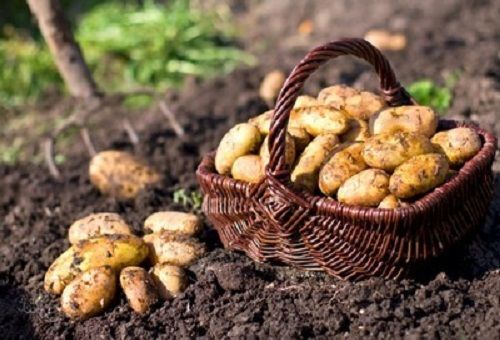
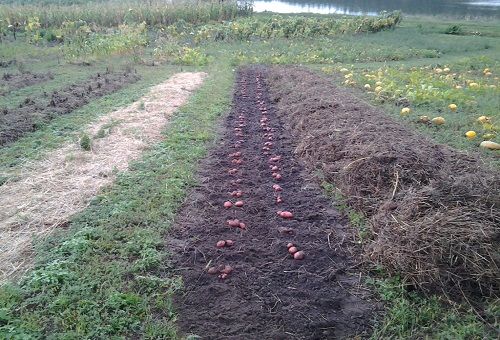
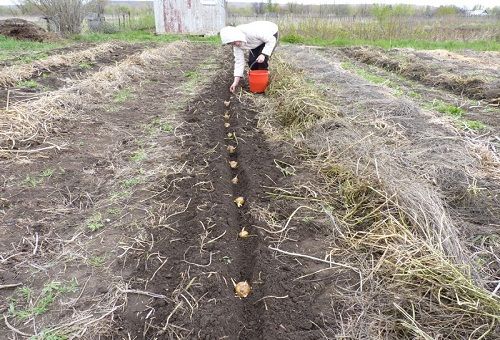
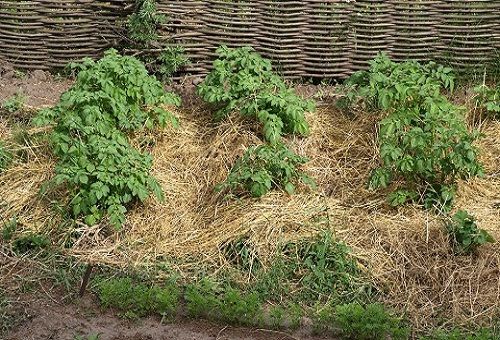
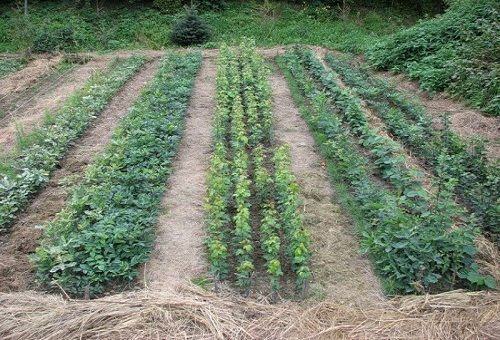
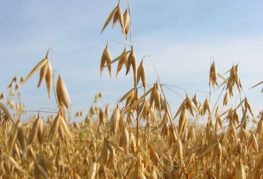
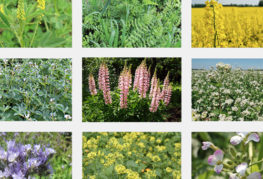

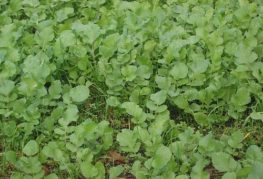
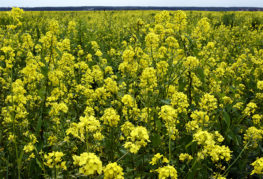
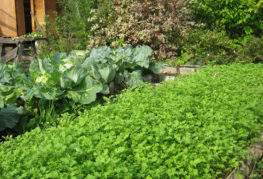
and will be published shortly.